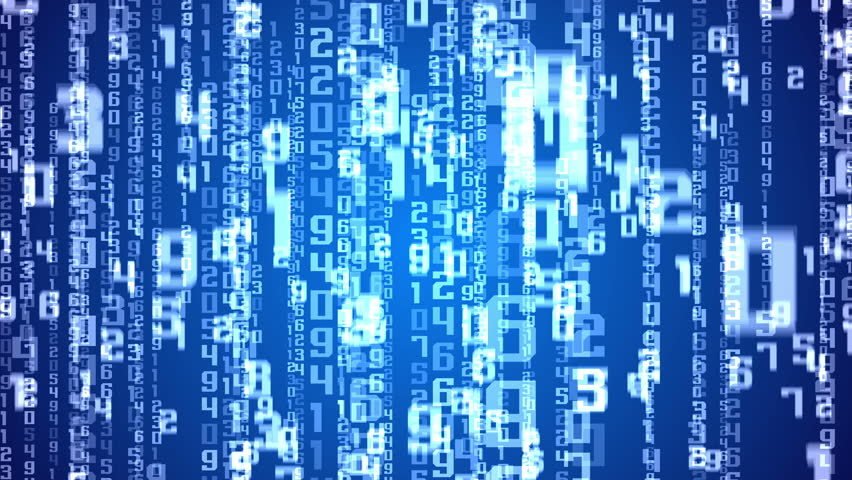
Random Was Never Really Random
When a computer generates a “random” number, it goes through certain algorithms that will allow it to come up with that number, which means it wasn’t really random after all.
Random numbers are valuable for computers for purposes such as games, gambling, and most importantly, encryption.
“Pure randomness” can only be achieved if a computer measures a phenomenon taking place outside of its system such as in natural occurrences, from which a computer can get a “true random number.”

Current computers do use a seed value and an algorithm that can only generate “pseudorandom numbers,” which can be predicted at some point. This means private data, such as credit card numbers, bank account details, and passwords are not entirely secure.
And at a time when quantum computing is fast developing, encryption systems are keeping up.
Randomness Extractor
Computer scientists from the University of Texas have formulated a method that would enable machines to generate true random numbers. Eshan Chattopadhyay and David Zuckerman will be presenting their randomness extractor at the Symposium on the Theory of Computing happening June 20 in Cambridge.
The randomness extractor harvests randomness from two sources in the environment, such as input from the mouse or the keyboard, converting their coordinates into a string of numbers, and weeding out the predictable rubbish to end up with a true random number.

“Randomness is a resource — it’s just like gold that you mine,” says Moshkovitz. “You take the sources that you have and you just purify the gold out of them.”
“It’s a big breakthrough on a fundamental problem,” says computer scientist Dana Moshkovitz of MIT. “It’s a huge improvement over anything that was done before.”